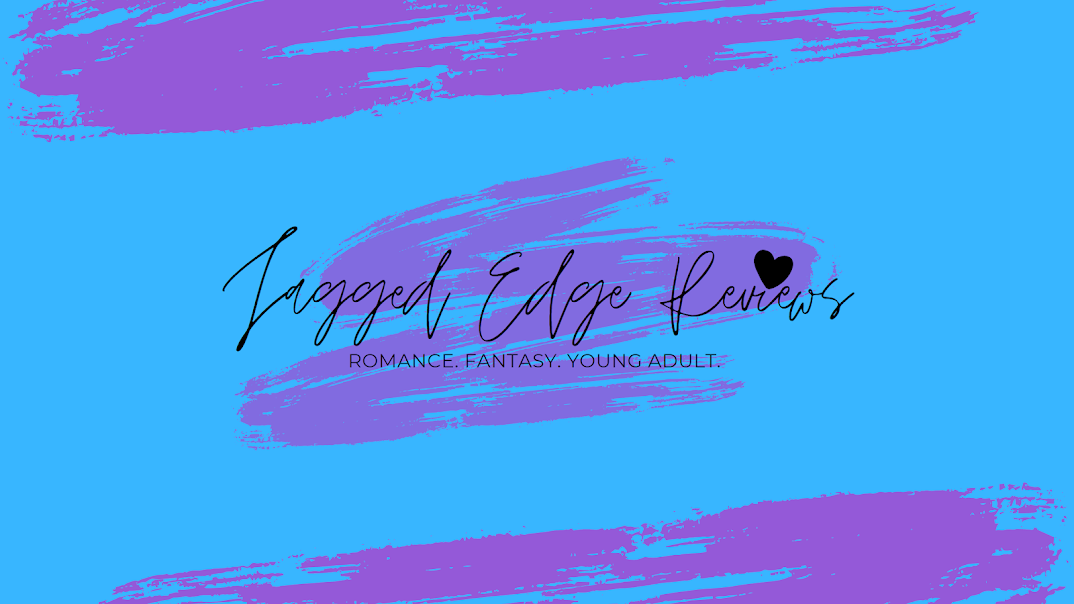Why Good Middle-Grade Heroes Matter
by Glen C. Strathy
The other day, a budding writer asked me if it was okay to have a protagonist in a middle-grade novel kill someone with magic. The writer explained that the person killed was the villain in the story, someone who would never stop thwarting the protagonist's goals.
Naturally, I immediately thought about Harry Potter and his many fights with Lord Voldemort. J.K. Rowling went out of her way to make sure that Harry only acts defensively. He repeatedly uses a disarming spell rather than a killing spell on the villain who murdered his parents and threatens to harm or enslave the entire wizard world, including all of Harry's friends.
Now, I am not opposed to death in middle-grade novels, depending on how it is handled. One of my favourite books in this genre is “Bridge to Terabithia,” which ends with a tragic death that brought tears to my 10-year-old daughter's eyes (and mine too). Nor do I have any problem with the battle scenes in “The Hobbit,” which result in the death of numerous characters, minor and major alike.
But here's why I would hesitate to have a middle-grade protagonist kill someone, even in self-defense.
Children who are just on the cusp of adolescence are just starting to have real dreams of what they will do with their life. These are the dreams that will help shape the person they become.
Middle-grade fiction can play an important role in helping kids find their dreams. It can help them establish their values, develop empathy for others, and stimulate their imagination towards new possibilities. Most of all, it can provide role models to kids who need them.
To be a good role model, a main character needs two key qualities. First, he or she must be someone the reader can relate to. Even in a fantasy where the hero faces huge challenges, he should also have some of the same doubts and fears most middle-grade readers do. (In fact, it helps if his fears and doubts are larger than life).
The second thing a role model must be is admirable. Admirable characters have two traits. They are powerful and they are good.
Goodness is important because everyone needs to see themselves as a good person. It would be a terrible experience for a child to find a protagonist they can relate to, who seems just like them, but who then goes on to do evil things. The child might then worry that they too are a bad person. Children want a role model who has the same fears, doubts, anger, and other negative feelings as they do, but who remains a good person despite them.
For example, in my middle-grade novel, “Dancing on the Inside,” I created a 12-year-old heroine named Jenny Spark who suffers from incredible shyness and self-consciousness – something I think many girls that age can relate to. Her anxiety is so bad, she cannot take a ballet class without getting a panic attack, even though ballet is the one thing she most wants to do.
To make her admirable, I gave her an amazing gift: a genius for choreography that helps her find a way to fulfill her ambition. But I also made her a good person – someone who is unselfish and cares about other people. In doing so, I am hoping that readers will see Jenny as a role model who can inspire them to pursue their dreams despite their insecurities.
Does this mean I would never write a story in which a middle-grade hero kills someone? Not necessarily. However, I think the circumstances of the story would have to be such that the killing was clearly the only morally acceptable choice the hero could make. It would have to be done for unselfish reasons. A story like that would teach young readers a valuable lesson about the tough choices life can throw at you.
A story in which selfishness or evil wins would be unpalatable.
###
Glen C. Strathy started writing stories when he was 11 years old and too shy to have a life. He eventually found a life when he started acting in community theatre and met other writers, actors, dancers, and artists. He discovered that the best thing about performing arts (and other arts too) is that they give people more freedom to be who they want to be. After spending time as an actor, teacher, and freelance writer, he returned to his first love, fiction and wrote Dancing on the Inside, a novel for ages 9-12.
Glen earned an M.A. in English from the University of Western Ontario, and graduated from the Artist in Community Education program at Queen’s University, Kingston. He co-authored two non-fiction books, one of which (The Coming Economic Collapse, Warner Business Books, 2006) became a New York Times Bestselling Business Book. He belongs to the Professional Writers Association of Canada (PWAC) and the Society of Children’s Book Writers and Illustrators (SCBWI). His website www.how-to-write-a-book-now.com provides advice to budding authors.
Glen lives with his wife, fellow writer Kaitlin Rainey, and their daughter in Kingston, Ontario, Canada.
You can visit his website at www.glen-c-strathy.com. Visit him on Twitter at www.twitter.com/glencstrathy and Facebook at www.facebook.com/Glen.C.Strathy.author.






No comments:
Post a Comment